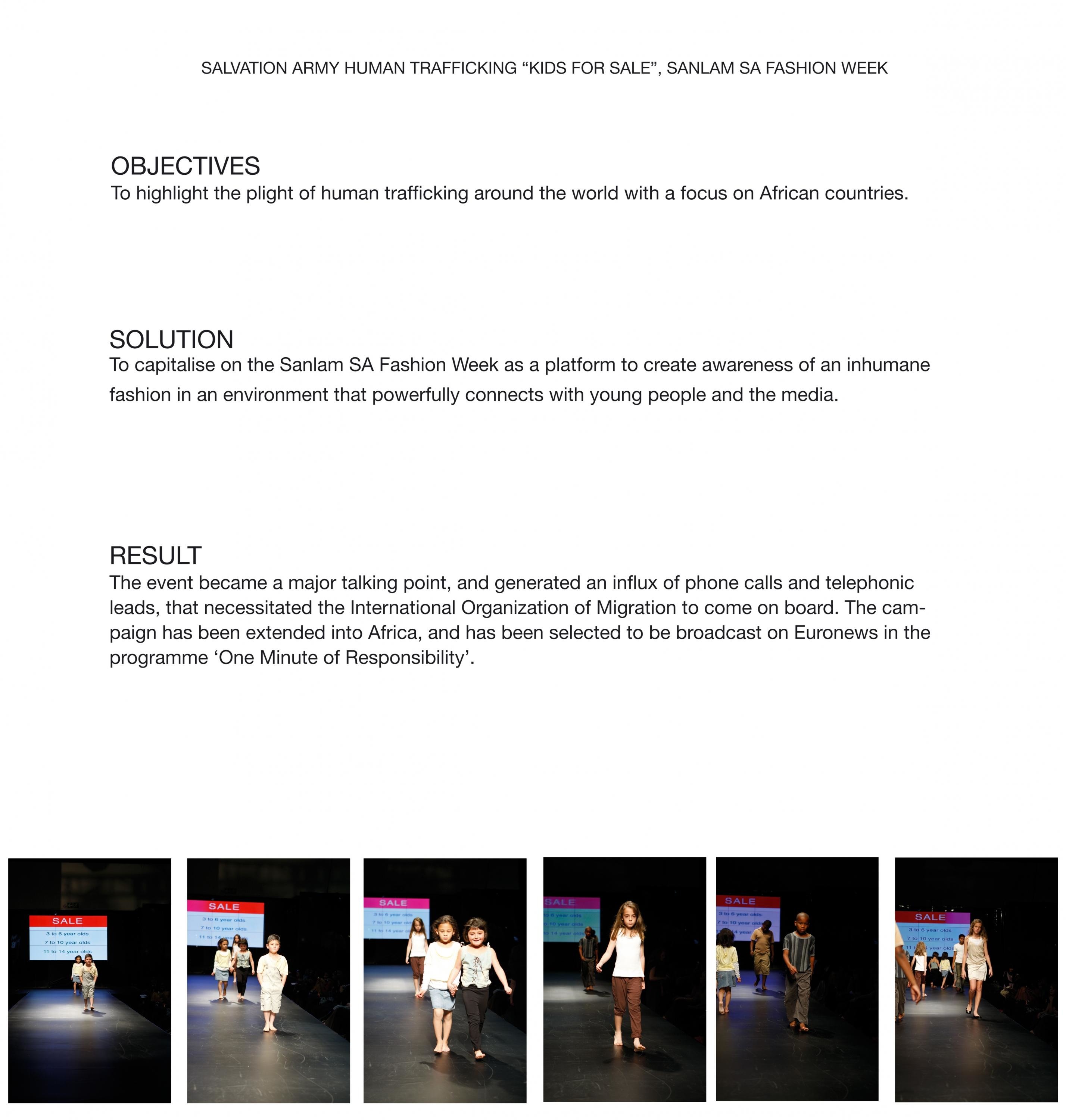Cannes Lions
Orbit
NASA'S JET PROPULSION LABORATORY, Pasadena / NASA / 2017
Overview
Entries
Credits
Overview
Description
We have always been fascinated with our man made objects that travel through space. In our heads we know they are there, but we never see them or hear them. We have used various apps in the past that take real time data and allow you to see the location of space objects with a phone, but the mediator of the phone seemed to distract us from the reality that was taking place. One day we were sitting in a serene garden and could hear birds and other animals calling out, allowing us to hear where they were in a natural way which seemed like a more human way to connect with our subject. So we imagined a space in which we could hear the location of NASA satellites and worked with a composer to give each spacecraft it's own voice, as if they were one of the birds calling out saying "HI". These sounds were placed in a 360° sound system in the exact location where NASA satellites are at that moment. This data driven experience became a contemplative space, a place to sit, close your eyes, and connect with the sky above.
Execution
The satellite data is made publicly available by NASA in the form of Two Line Element sets, which are the same format NASA has used to track satellite position since the 1960s. Over the years a community of amateur satellite enthusiasts and retired scientists alike has evolved around this data, with members contributing refinements to open source code that tracks the position of spacecraft at any given moment in time. We adapted the code (originally written for punched card computers and evolved over the years) to our spatial sound software, developing a system that moves sound in 3D space according to the position of a satellite. The position tracking method is predictive and an algorithm calculates the position of a spacecraft at a specific time.
Outcome
Being a taxpayer funded entity, NASA's goal is to communicate the work they are doing to the general public. Earth science is a subject that most people don't know that NASA is studying. Our piece was so successful that it was originally planned to be in it's current location for only three months, but has been extended to a full year and is in discussions with multiple locations for a permanent stay. The venue located it at the front gate of their institution which has had over 600,000 people since Orbit was installed and has been written up in the national and international press.
Similar Campaigns
11 items





